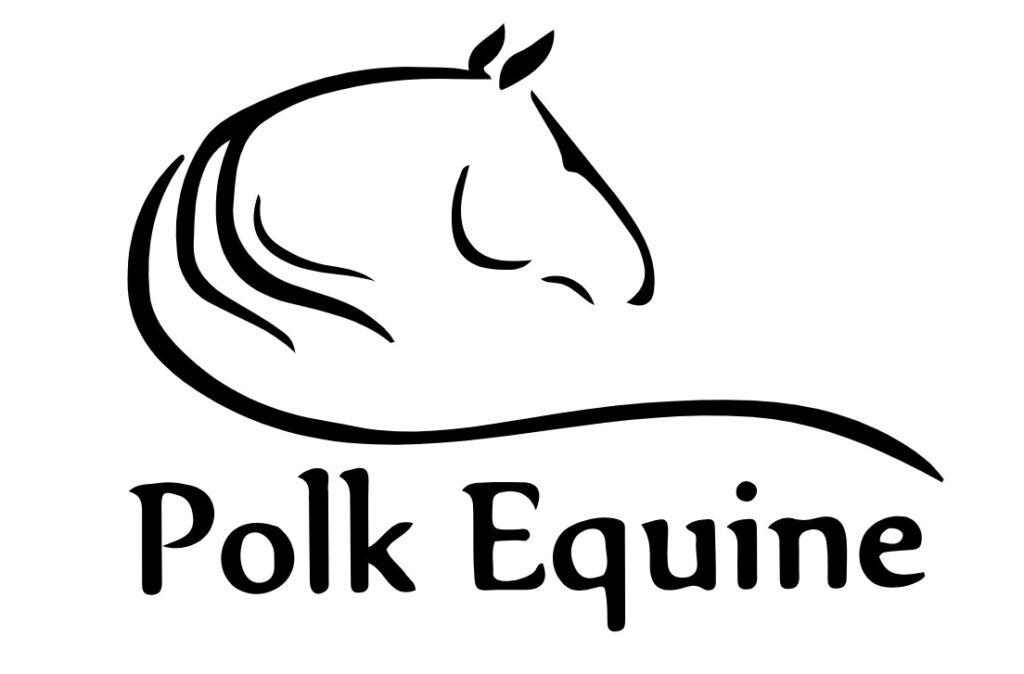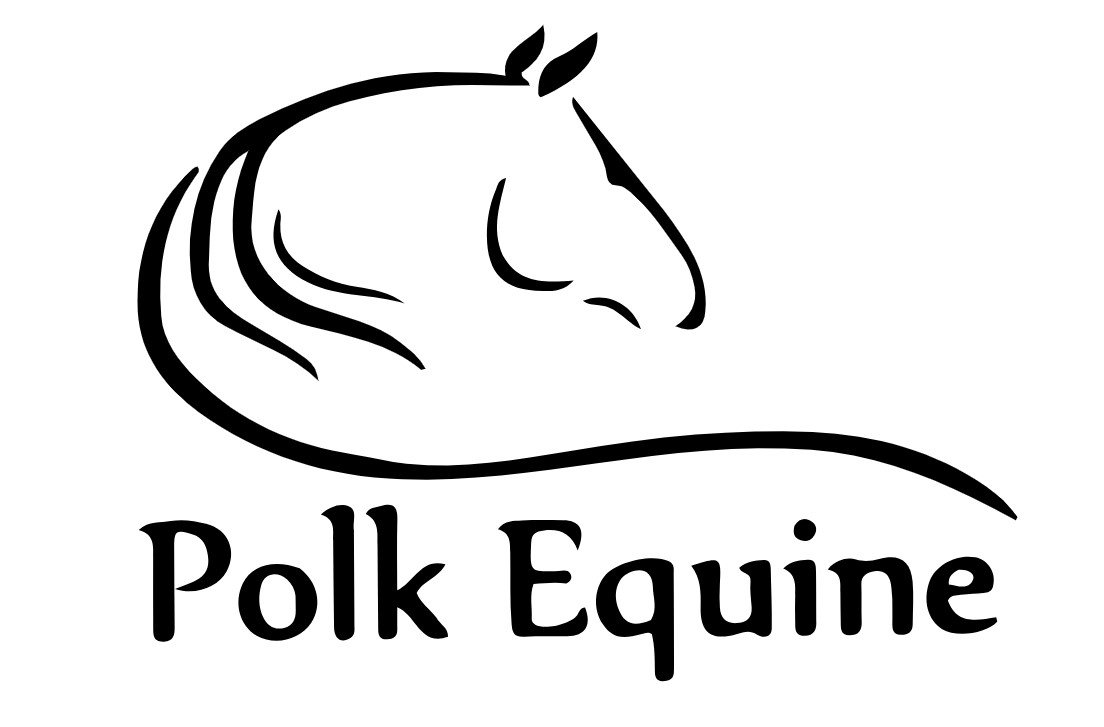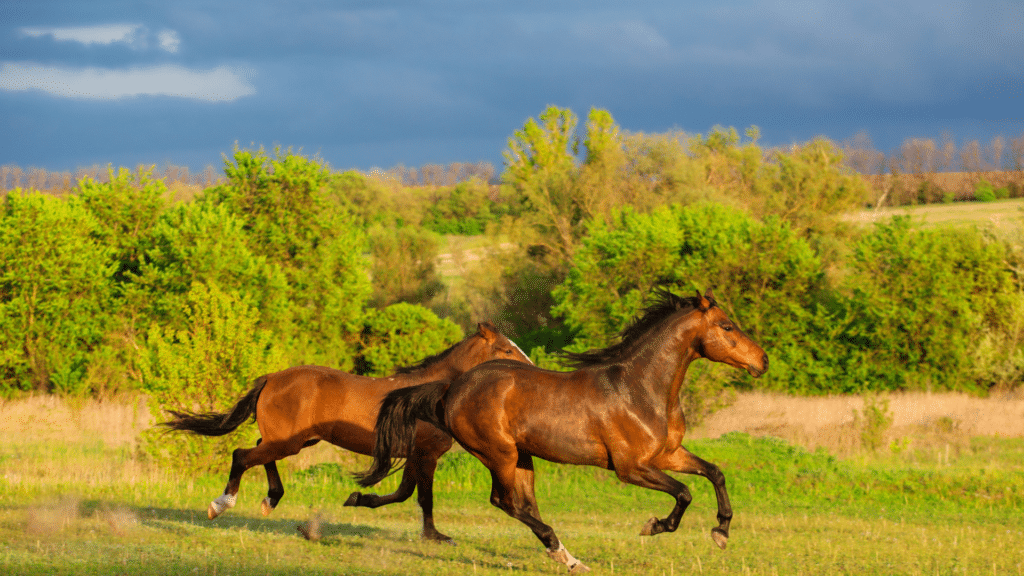As mosquito-borne diseases make a resurgence across the United States, horse owners need to be vigilant about protecting their animals from Eastern Equine Encephalitis (EEE) and West Nile Virus (WNV). Every year there are cases of EEE and WNV so it’s crucial to take proactive measures to safeguard your horse from these potentially deadly infections.
What Are EEE and WNV?
Eastern Equine Encephalitis and West Nile Virus are both serious viral infections transmitted by mosquitoes. EEE is particularly dangerous, with a staggering mortality rate of approximately 90% or higher. This disease can cause severe neurological damage, including symptoms such as fever, lethargy, and profound neurological issues like head pressing, circling, and seizures.
West Nile Virus, while less deadly with a mortality rate of around 33%, still poses significant health risks to horses. Symptoms of WNV include fever, muscle tremors, and difficulty walking. Both diseases demand immediate attention and action to prevent severe health consequences.
How to Protect Your Horse
The most effective way to protect your horse from EEE and WNV is through vaccination. Due to the year-round mosquito population in Florida, vaccinating every 6 months is recommended. If your horse has not been vaccinated or if their vaccinations are out of date, now is the time to schedule a vet appointment. Foals should start their vaccinations at 4 months old, then every 3-4 weeks for a total of 3 boosters and then 6-month intervals.
Mosquito Control
Mosquitoes are the primary transmitters of EEE and WNV, so reducing their numbers around your stable is crucial. Here are some strategies to minimize mosquito breeding grounds.
Eliminate Standing Water: Mosquitoes lay eggs in stagnant water, so regularly check and eliminate sources of standing water. Turn over buckets, clean gutters, and ensure proper drainage in your fields.
Use Repellents or fly sheets: Apply fly sprays and mosquito repellents designed specifically for horses. While many products say they last a while, spraying 1-2 X daily is recommended. Fly sheets are also a great way to keep mosquitos from contacting the skin.
Maintain Cleanliness: Keep your horse’s living environment clean and dry. Regularly clean stalls to reduce potential mosquito breeding areas and monitor your horse for any insect irritation or reactions.
Physical Barriers: Fans help keep insects away, as mosquitoes are weak fliers. A well-ventilated stable with adequate airflow will further decrease the likelihood of mosquito bites.
Timing
Mosquitoes are most active during dawn and dusk. During these peak times, keep your horse indoors or in a screened area if possible. If your horse must be outside, ensure they are protected with mosquito repellents and coverings.
Consult Your Vet
Contact your veterinarian to get your horses up to date on vaccinations.
Preventing EEE and WNV might seem challenging, but with these measures, you can create a safer environment for your horse. Stay proactive, and you’ll significantly reduce the risk of these potentially devastating diseases.




